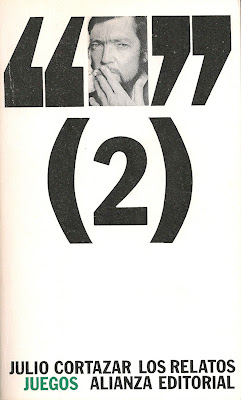
The letter transcribed and reproduced here is part of a small cache of correspondence exchanged between Margaret Nagle or Neagle, a young Irish immigrant in New York City, and her parents, of whom we know only the name of her father, John. The letters cover the period from August 1866 to March 1870.
Margaret, who periodically sent money home, apparently worked as a domestic servant, and reported -- truthfully or not -- that she had no difficulty finding employment. In the other letters there are indications that neither she nor her parents were able to read or write (Margaret does once mention that she is attempting to learn), so the entire correspondence would have been conducted by means of proxies. Although at one point she gives an address on West 20th Street, she generally requested that letters be sent to her care of the general post office in New York City.
At least two of Margaret's siblings remained at home in Ireland: a brother, also named John, and her younger sister Mary. Her father appears to have been a tenant farmer or laborer. There are several places in Ireland called Laccabawn or Lackabane, but this one appears to have been in the parish of Donoughmore in County Cork.
In the transcription below I have divided the text into paragraphs for easier reading, added periods and capitalization, and excised one repeated word. The embossed stationery, clear penmanship, and absence of spelling and grammar errors in this letter suggest that the person who actually wrote it down was reasonably well-educated. Brackets indicate a word that can't be read with complete certainty.
Laccabawn Sept 17th 1867
My Dear Daughter
We received your most welcome letter on the 4th of this month which gave us the greatest pleasure to hear that you were enjoying good health as we are ourselves at present thanks be to god. We do feel very thankful to you for the present you have sent to us which was £2 and was very much wanted. Last winter was so very severe that there was neither hire or wages for man or woman provisions of every description went up to famine prices which robbed the people especially the labouring class.
I do kindly thank you for the nice ribbon you sent me which will bring you to my memory every time I shall look at it during my life time. Your brother Johnny kissed it several times when he saw it. Johnny is in service with his fathers consent at low wages. Our potatoes are blighted this year again. You did well not to trouble yourself by enquiring about friends. Your uncle and family are well but does not care about any one else nor never asked about you since you left home. They consider their own business plenty and no more.
I would send you some presents of [flannel] or stockings if I got any sure person to take them to you. I would like that you would give us your address more correct than usual. Johnny is a fine big boy of his age and Mary feels angry as you did not say anything about herself in your letter. I do feel very proud to hear that you are sensible and attentive as usual. Mind yourself as you always did and you will have your father and mothers blessing. Mary says she hopes to see you yet. She says she is as big as you now. Your aunts two daughters are gone to America. Their passage was paid by their brother.
Write to us at any rate very soon. No more at present from your parents brother and sister.
Direct as usual.



Later letters discuss plans to have Margaret's brother John join her in New York. There are indications that her parents might have been considering emigrating as well.






